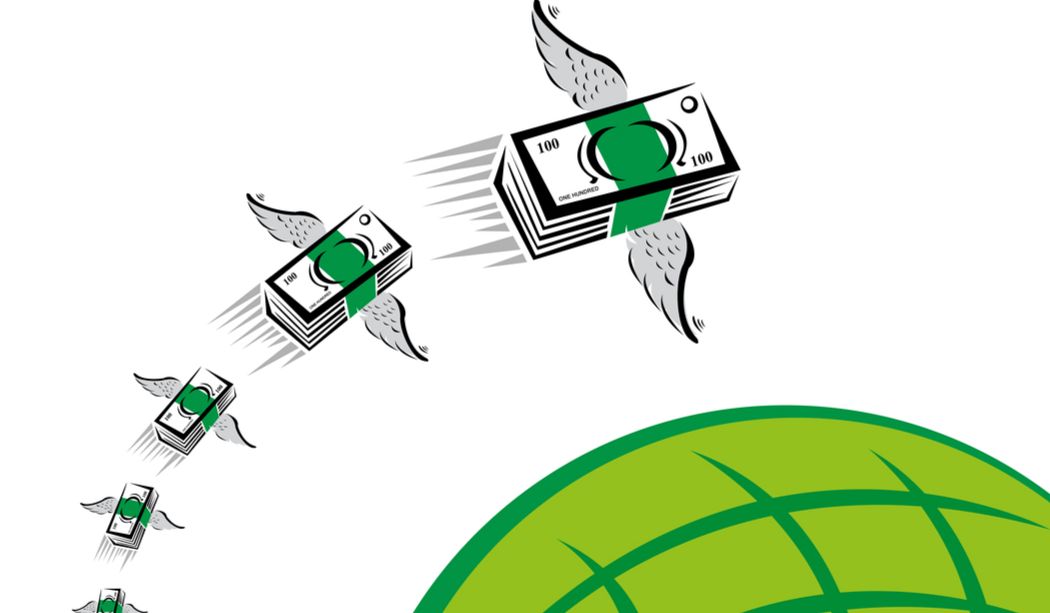Crypto heavyweights Ripple and Circle have moved a step closer to becoming fixtures inside the U.S. banking system after receiving conditional approval from the Office of the Comptroller of the Currency (OCC) to establish national trust banks, a decision that underscores Washington’s accelerating pivot toward formalizing digital assets rather than sidelining them.
The OCC on Friday said it had granted preliminary approval for new national trust bank charters to Circle and Ripple. At the same time, the regulator conditionally approved applications from BitGo, Paxos, and Fidelity Digital Assets to convert their existing state trust bank charters into national ones, a shift that would allow them to operate seamlessly across state lines under federal supervision.
Final approval is still required before any of the firms can begin operating as national trust banks. But the signal from the OCC is remarkable: crypto firms are no longer being treated as fringe financial actors but as institutions capable of fitting, albeit carefully, within the federal banking architecture.
If finalized, the charters would allow the companies to custody digital assets on behalf of clients, provide settlement services, and facilitate faster payments. The licenses stop short of granting full banking powers. The firms would not be permitted to take cash deposits or issue loans, a limitation that keeps them distinct from traditional commercial banks and narrows their systemic footprint.
At present, Anchorage Digital remains the only crypto-native company operating with a national trust bank charter. The OCC oversees about 60 national trust banks in total, many of which focus on fiduciary and custodial services rather than deposit-taking. Bringing multiple crypto firms into that cohort would mark the most significant expansion yet of digital assets into federally regulated banking.
Comptroller of the Currency Jonathan Gould framed the decision as pro-competition and pro-consumer. “New entrants into the federal banking sector are good for consumers, the banking industry and the economy,” he said, signaling the regulator’s belief that innovation and oversight do not have to be mutually exclusive.
However, the move has not gone unchallenged. Traditional banking groups had lobbied the OCC to reject several of the applications, warning that national trust charters could allow crypto firms to benefit from a lighter regulatory regime while engaging in activities that still carry financial stability risks. The Bank Policy Institute, which represents large U.S. banks, said the conditional approvals “leave substantial unanswered questions,” particularly around whether regulatory requirements would be sufficiently tailored to the unique risks posed by digital asset businesses.
Those concerns reflect a long-running tension in U.S. financial policy: how to integrate crypto into the mainstream without repeating the mistakes of under-regulation that have historically amplified systemic shocks. The OCC appears to be drawing a bright line around acceptable risk, at least for now, by confining these firms to trust bank functions and excluding deposit-taking and lending.
The approvals also fit squarely within the broader political shift under President Donald Trump, who has moved aggressively to recast U.S. crypto policy after courting support from the industry during his campaign. Since returning to the office, Trump has pushed for looser regulatory constraints on digital assets, arguing that the United States must not cede technological and financial leadership to other jurisdictions.
Seen through that lens, the OCC’s decision is less a one-off regulatory call and more part of a coordinated effort to pull crypto activity onshore, into supervised channels, rather than allowing it to operate in regulatory grey zones or migrate abroad. National trust bank charters offer crypto firms credibility, uniformity, and access to clients nationwide, while giving regulators clearer visibility into their operations.
The charters could strengthen the claims to being infrastructure providers rather than speculative platforms for companies like Circle, which issues the USDC stablecoin, and Ripple, which has long positioned itself as a payments-focused blockchain firm. Faster settlement, regulated custody, and federal oversight are all attributes that institutional investors and large corporate clients have demanded before deepening their engagement with digital assets.
Still, the conditional nature of the approvals suggests the OCC is proceeding cautiously. Final authorization will likely hinge on governance standards, capital requirements, compliance systems, and how convincingly each firm can demonstrate controls around market, operational, and technology risks.
What is clear, however, is that the regulatory center of gravity is shifting. Rather than asking whether crypto belongs in the U.S. banking system, regulators are now grappling with how to let it in without destabilizing the system they are meant to protect. Friday’s decision does not resolve that debate, but it moves it decisively from the margins to the core of U.S. financial policy.






